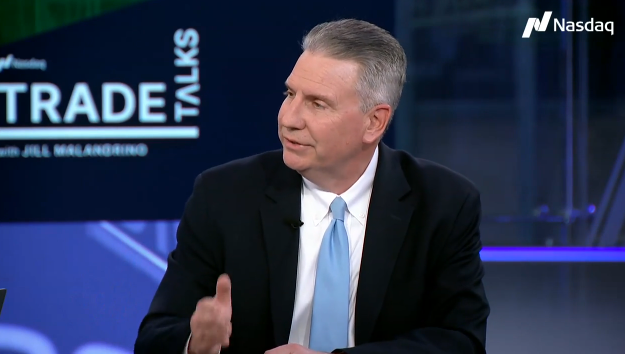
The Dow and S&P 500 Reach All-Time Highs…Again!

Global equity markets finished higher for the week. In the U.S., the S&P 500 Index closed the week at a level of 5815, representing an increase of 1.13%, while the Russell Midcap Index moved 1.24% last week. Meanwhile, the Russell 2000 Index, a measure of the Nation’s smallest publicly traded firms, returned 0.99% over the week. As developed international equity performance and emerging markets were mixed, returning 0.26% and -1.66%, respectively. Finally, the 10-year U.S. Treasury yield moved higher, closing the week at 4.10%.
Equities continued to rally throughout the week, with the Dow Industrial Average and the S&P 500 Index reaching all-time highs on Friday. The NASDAQ Composite also moved higher but did not achieve record highs. As it relates to the S&P 500, last week’s achievement marked the 45th record high of the year, and we are only in the beginning of October. The positive movement was impressive, considering the uneven economic data that was reported.
As has been the case throughout this year, investors have been keenly focused on the minutes from the FOMC meetings. The September meeting minutes were released on Wednesday and revealed that a “substantial majority” of Federal Reserve officials supported a half-point cut to start the turn towards easier monetary policy. However, there appeared to be near universal agreement amongst the voting members that the initial move would not commit the Fed to any particular pace of rate reductions in the future. As it stands now, according to their September Dot Plot chart, the Fed is currently forecasting 50 Bp in additional rate cuts in 2024, perhaps equating to a 25 Bp cut following each of their two remaining meetings of the year. The updated Dot Plot chart also shows another full percentage point (i.e., 100 Bp) in rate cuts by the end of 2025 and a half-point (i.e., 50 Bp) in rate cuts in 2026. These cuts align with their long-run neutral rate expectation of around 2.9%.
The current state of inflation is a key component of monetary policy. The Consumer Price Index (CPI) for September was released last Thursday and showed that this measure of inflation increased by a seasonally adjusted 0.2% for the month, putting the annual inflation rate at 2.4%. Both the monthly and annual rates were 0.1% higher than the consensus estimates.
Adding to the negative data released on Thursday, initial jobless claims took an unexpected turn higher. A total of 258,000 claims were filed for the week ending October 5, the highest total since August 5, 2023.
The Producer Price Index (PPI) for September was released last Friday and showed no change from the prior month, pointing to a continued, though persistent, easing in inflation. On an annual basis, this gauge of inflation increased by 1.8%.
Lastly, the third-quarter corporate earnings season kicked off on Friday. The Nation’s largest financial institutions traditionally are the earliest releases that occur each quarter. The earnings from JPMorgan Chase & Co., Wells Fargo & Co., and BlackRock Inc. exceeded consensus estimates by healthy margins. According to FactSet, the blended (year-over-year) earnings growth rate for the S&P 500 for Q3 2024 is currently 4.1%. If 4.1% is the actual growth rate for the quarter, it will mark the 5th straight quarter of y-o-y earnings growth for the S&P 500 index. Corporations will continue to report earnings throughout this week and month, and we will continue to report on any significant earnings releases.
Best wishes for the week ahead!
Equity and Fixed Income Index returns sourced from Bloomberg on 10/11/24. FOMC Minutes are sourced from the Federal Reserve. Consumer Price Index data (CPI) , jobless claims and the Producer Price Index are sourced from the Labor Department. Corporate earnins are sourced from Bloomberg. Economic Calendar Data from Econoday as of 10/11/24. International developed markets are measured by the MSCI EAFE Index, emerging markets are measured by the MSCI EM Index, and U.S. Large Caps are defined by the S&P 500 Index. Sector performance is measured using the GICS methodology.
Disclosures: Past performance does not guarantee future results. We have taken this information from sources that we believe to be reliable and accurate. Hennion and Walsh cannot guarantee the accuracy of said information and cannot be held liable. You cannot invest directly in an index. Diversification can help mitigate the risk and volatility in your portfolio but does not ensure a profit or guarantee against a loss.



